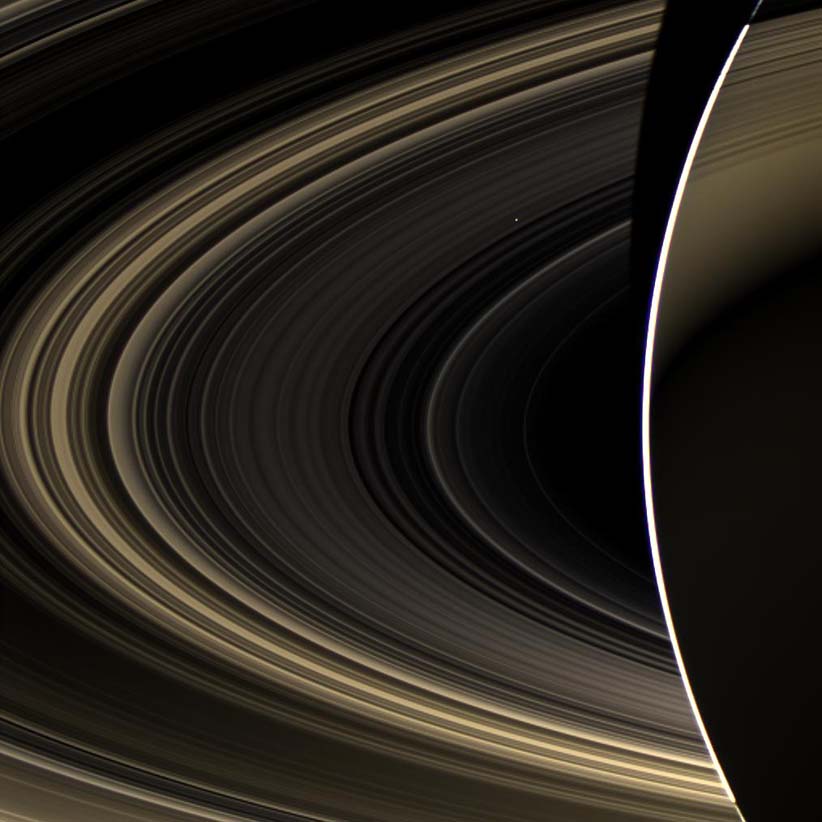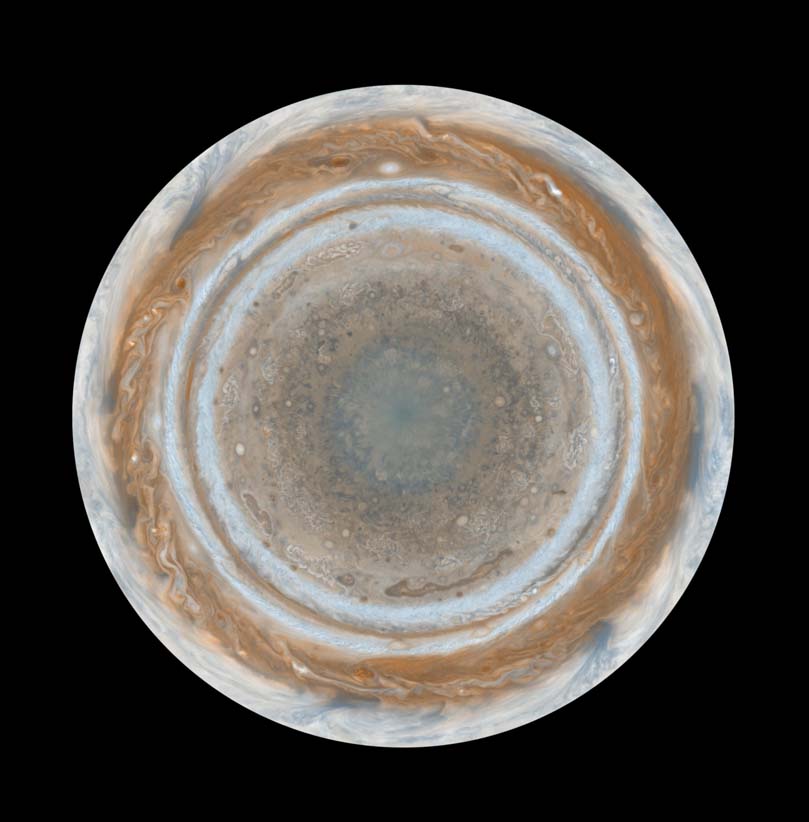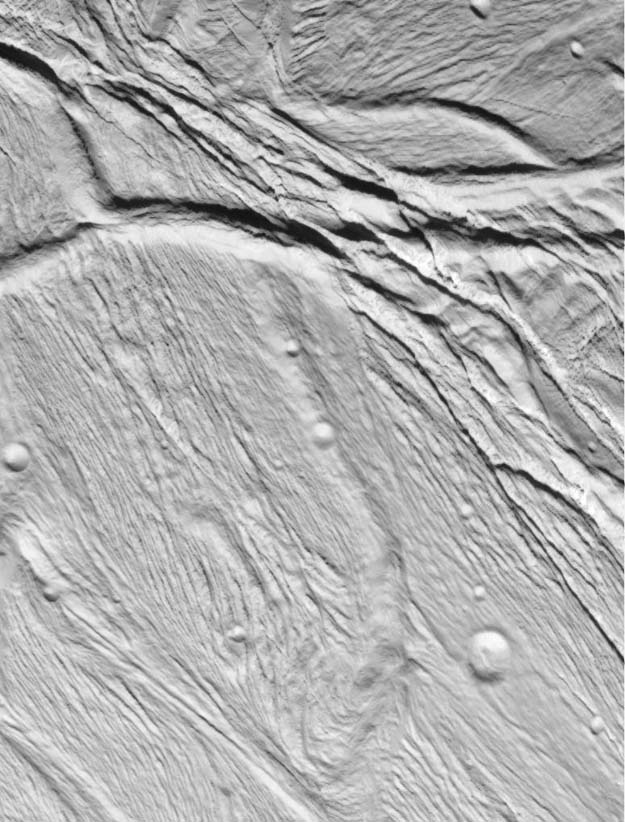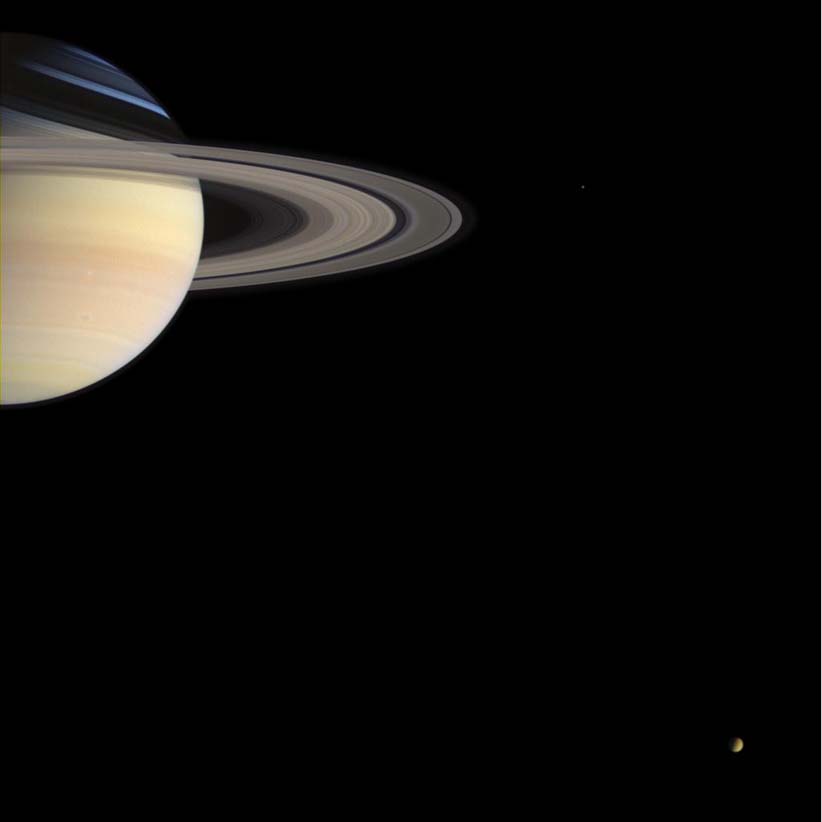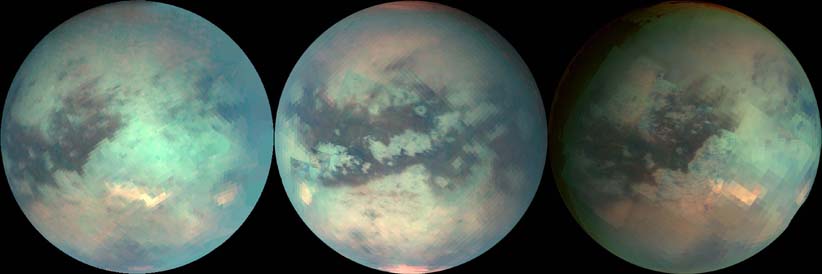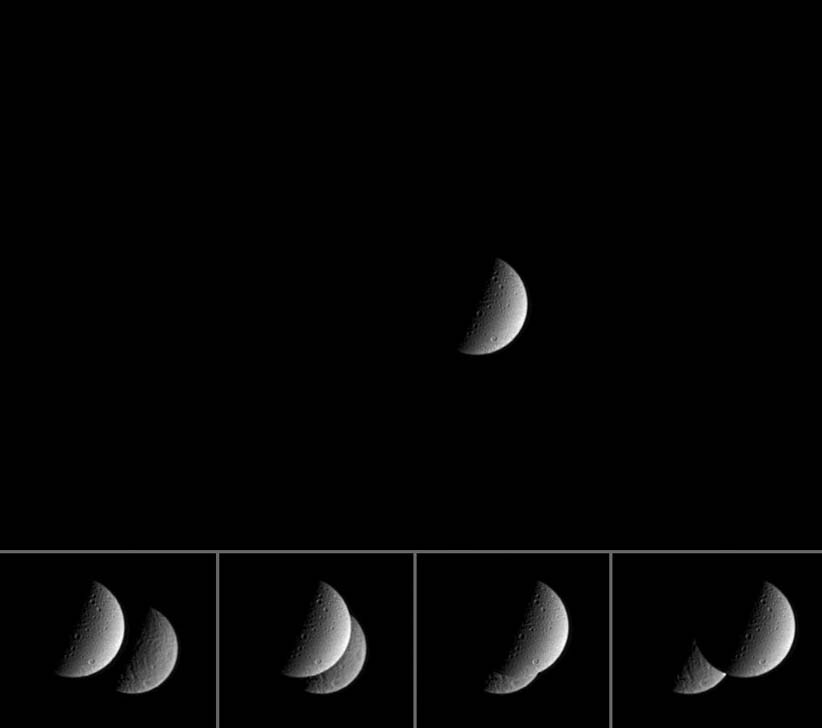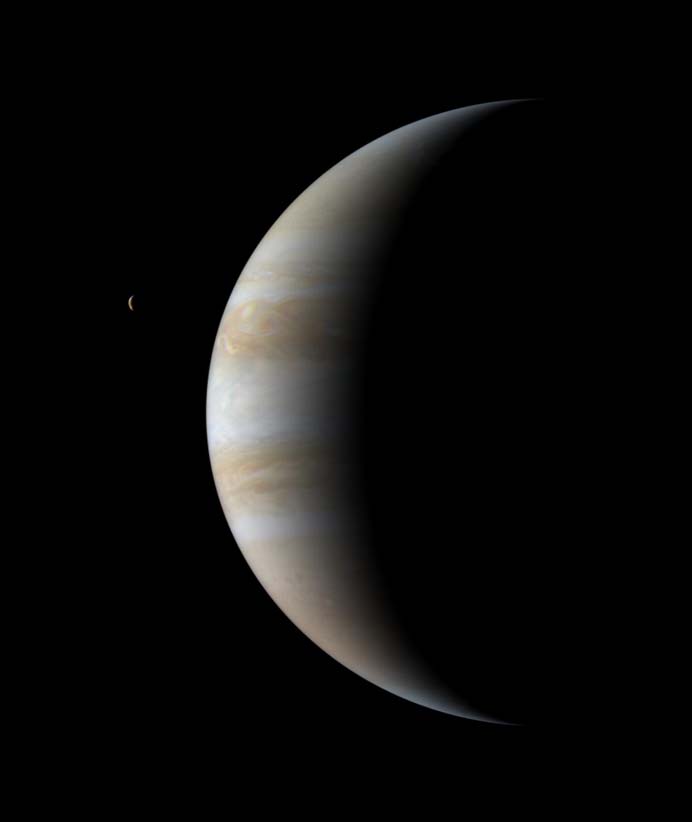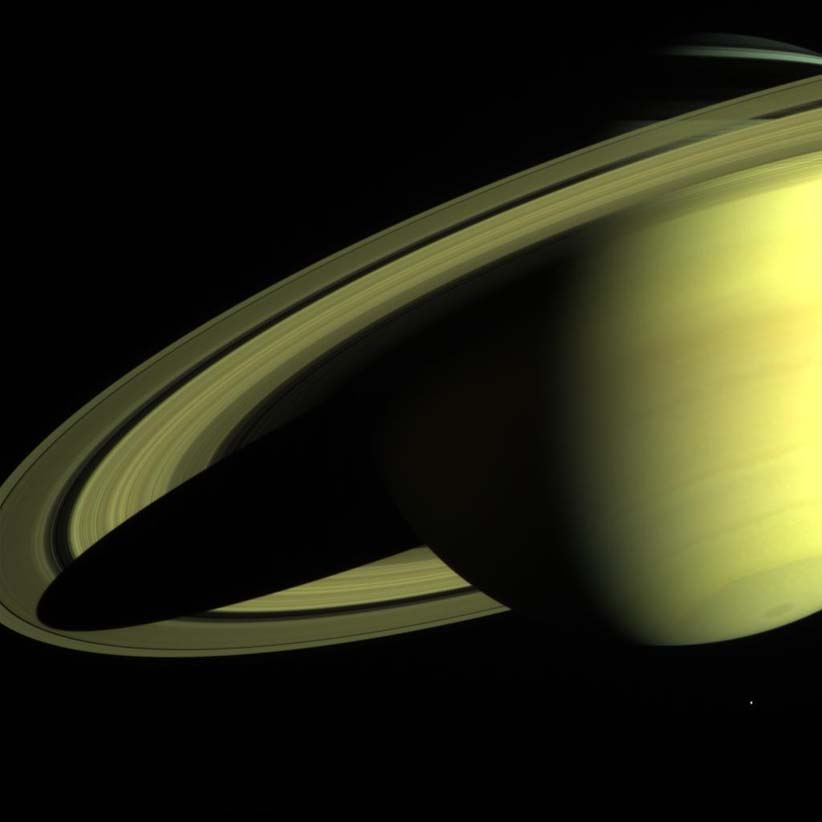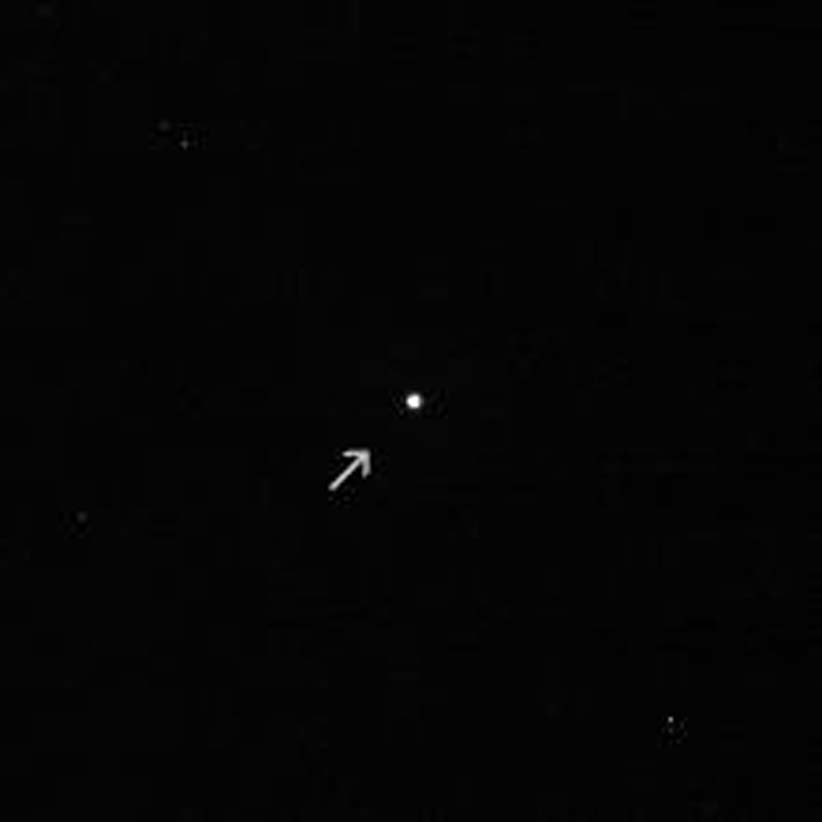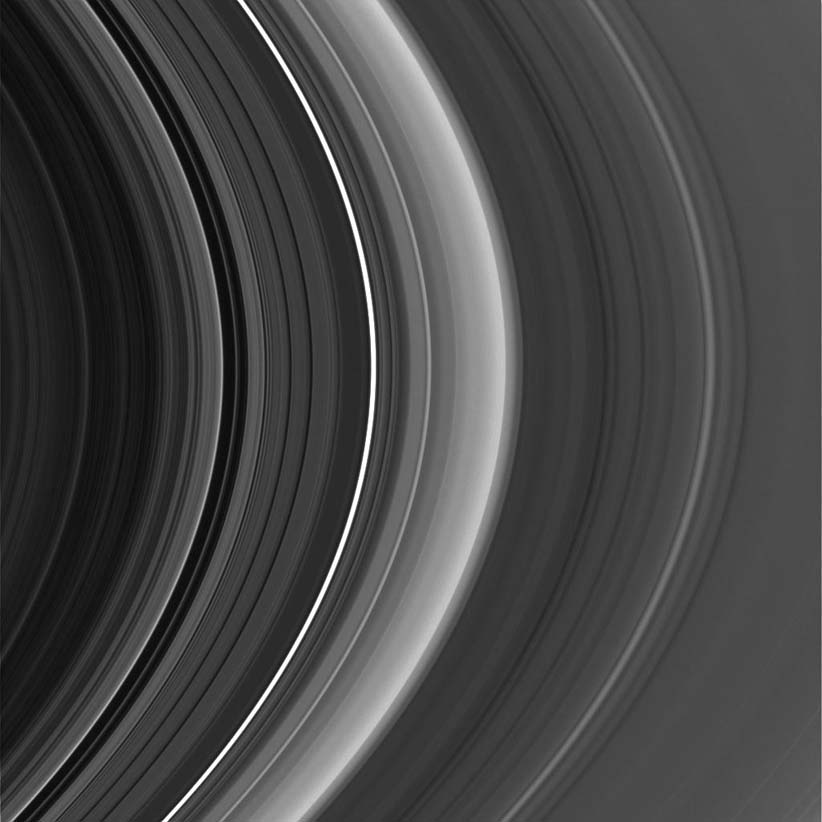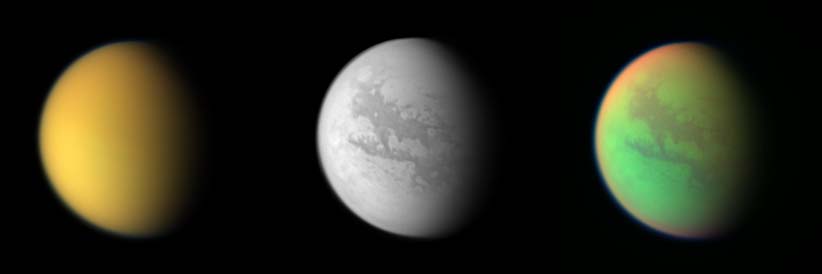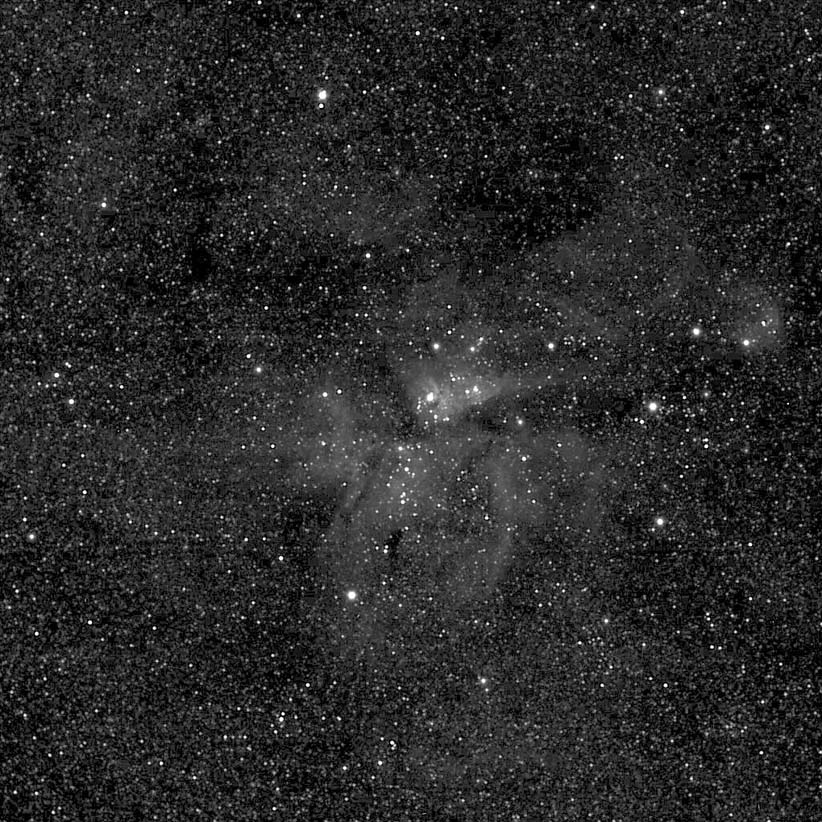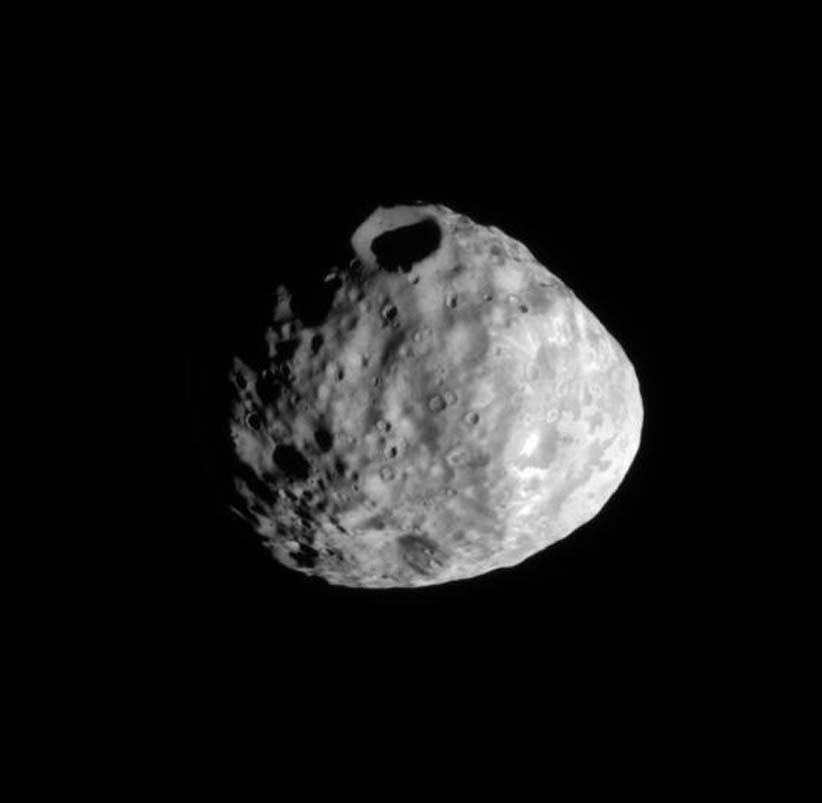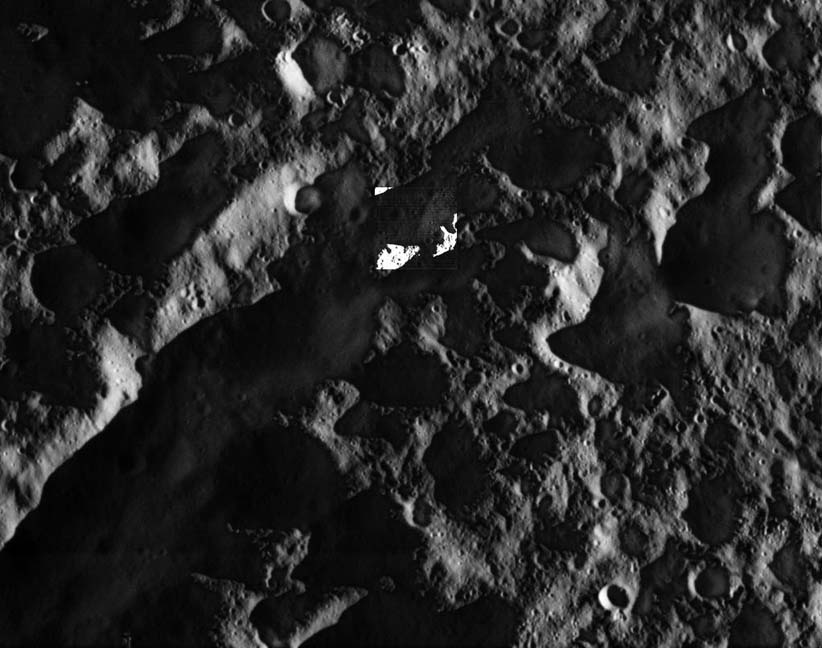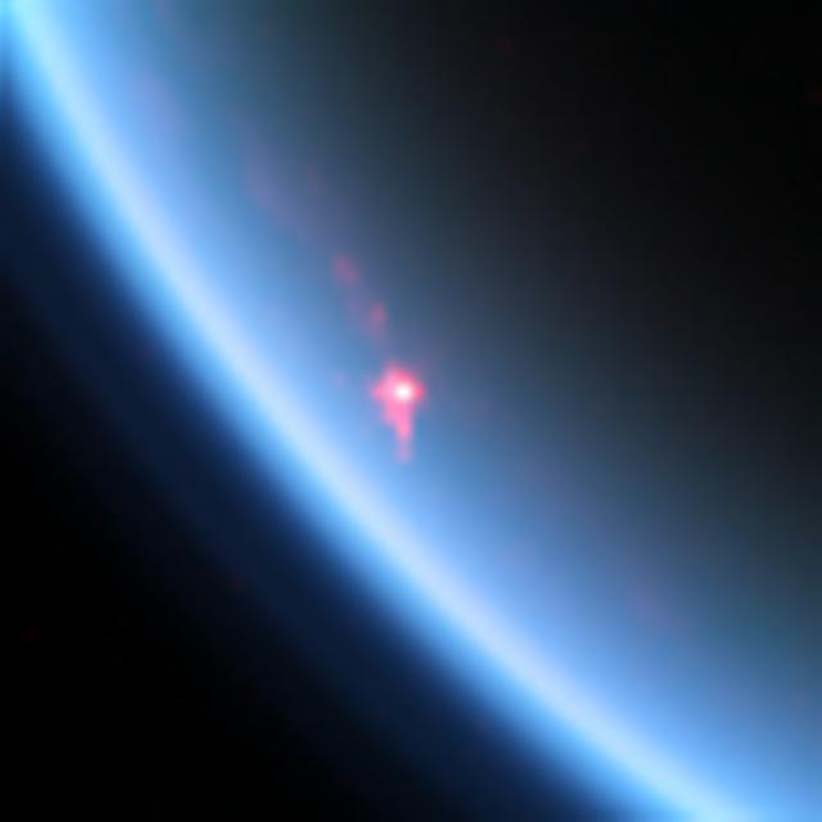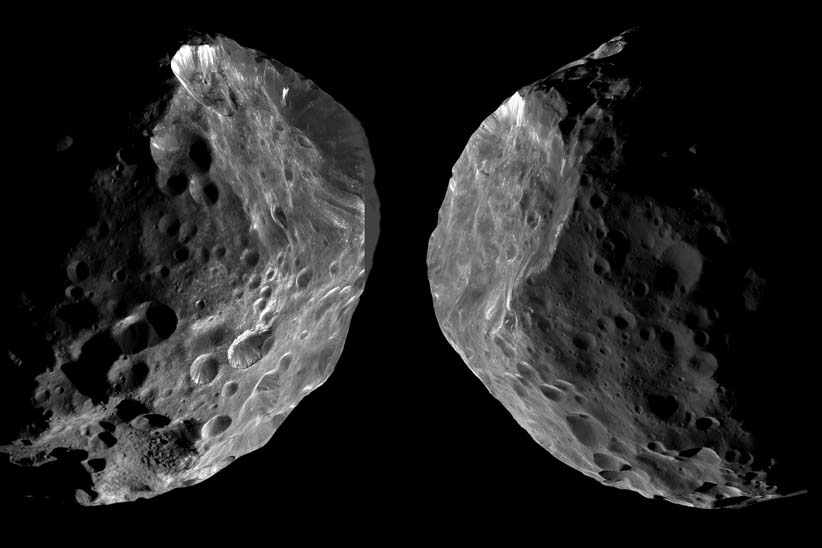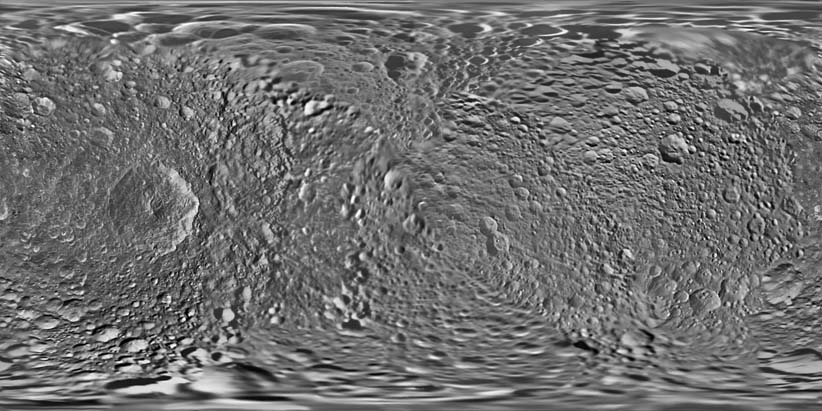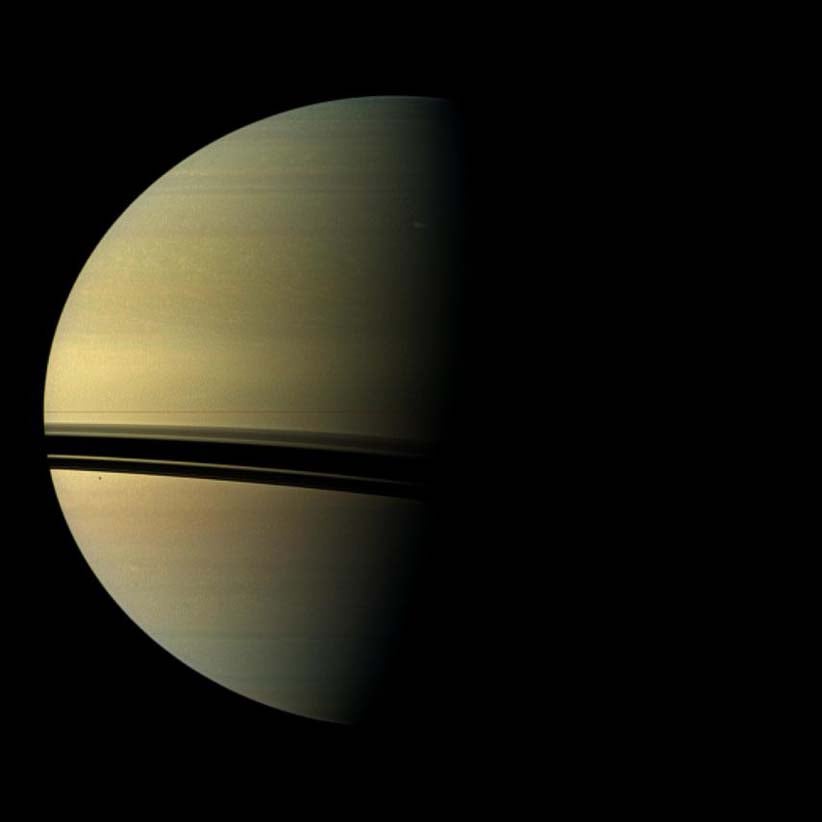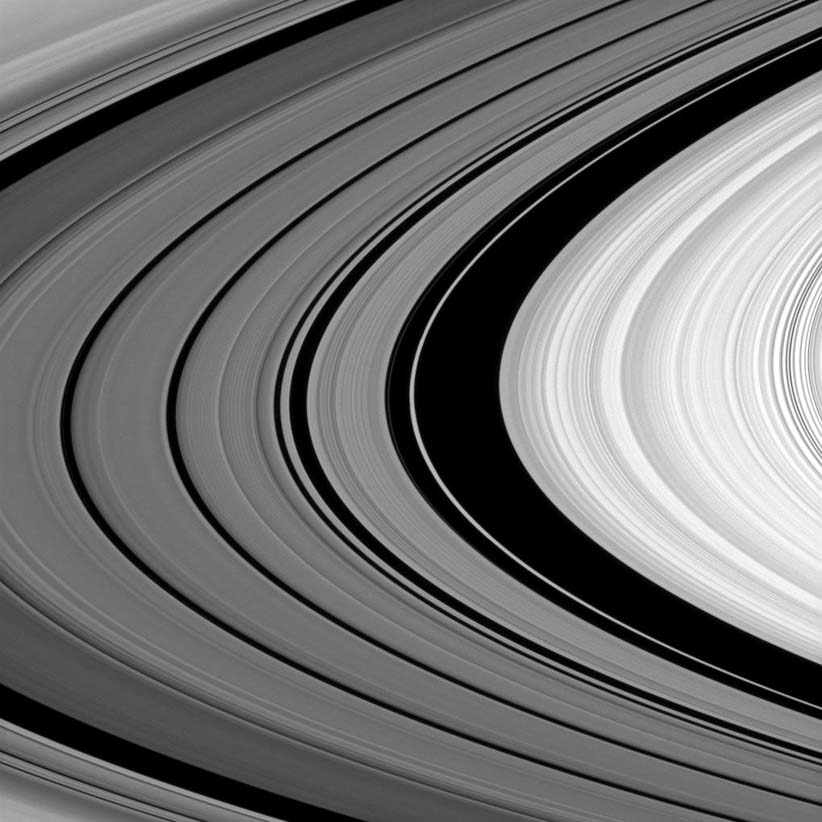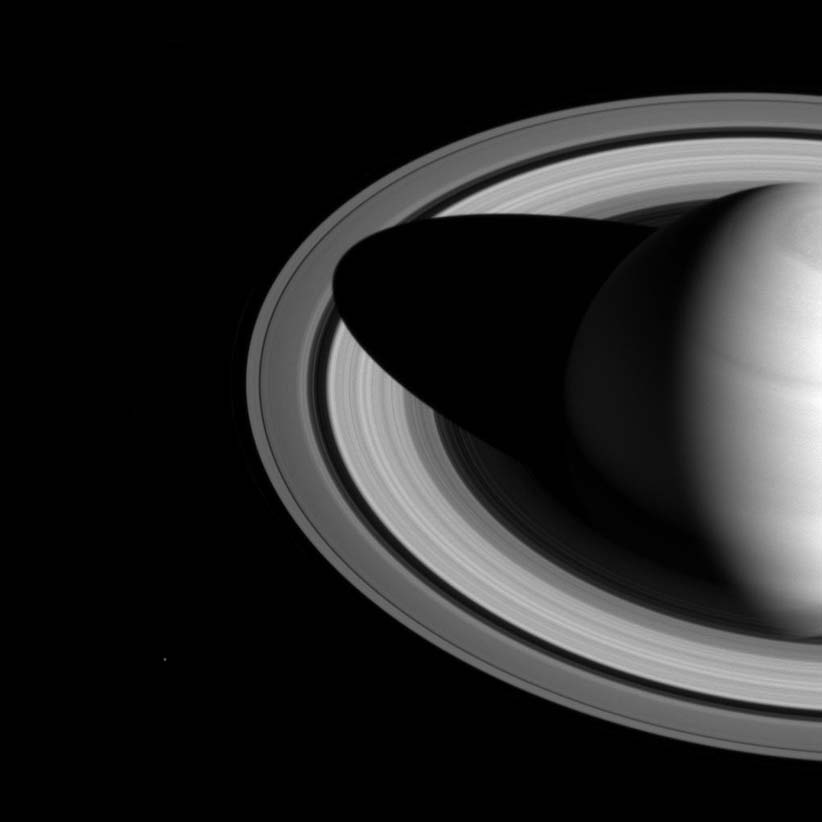Saying goodbye to the universe’s best photographer
Check out some of the amazing photographs taken by Cassini during its 20-year mission to explore Saturn and its moons
Saturn from Far and Near (Cassini-Huygens)
Share
This Friday, at the projected time of 7:55 a.m., the Cassini spacecraft will plunge into Saturn after completing its 20-year journey to explore the massive, ringed planet. Over that time, Cassini has sent back more than 450,000 images from the deep reaches of our solar system.
Watch a live stream from NASA of Cassini’s final moments on Friday, starting at 7 a.m. EDT.
Here’s a selection of some of the stellar photographs taken by Cassini during its mission.
